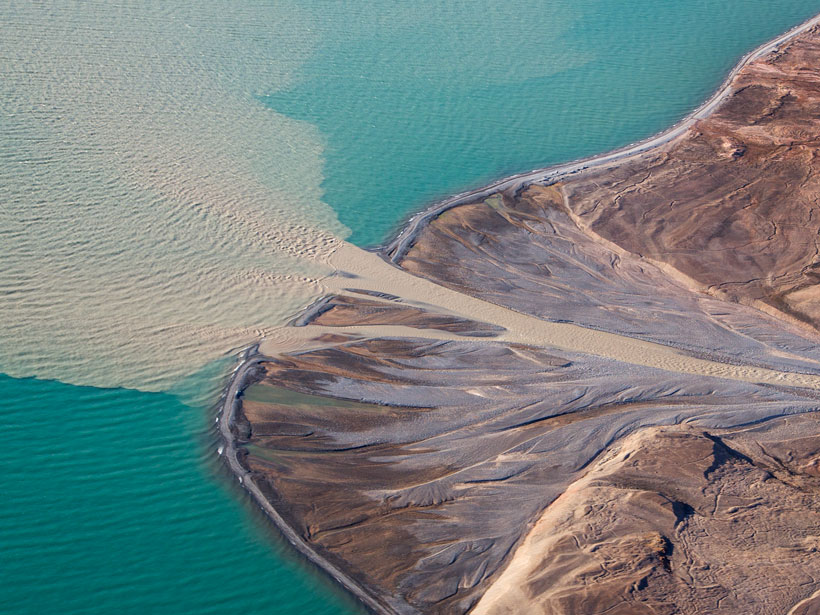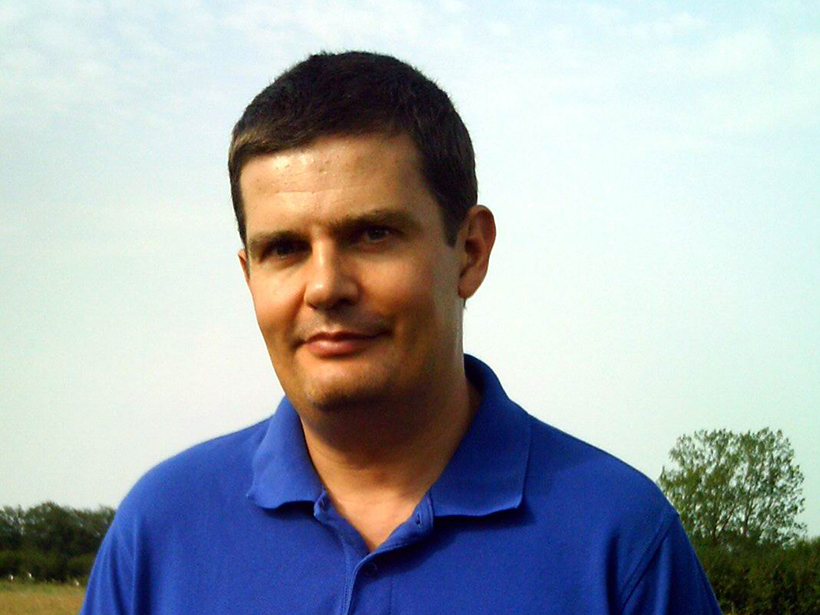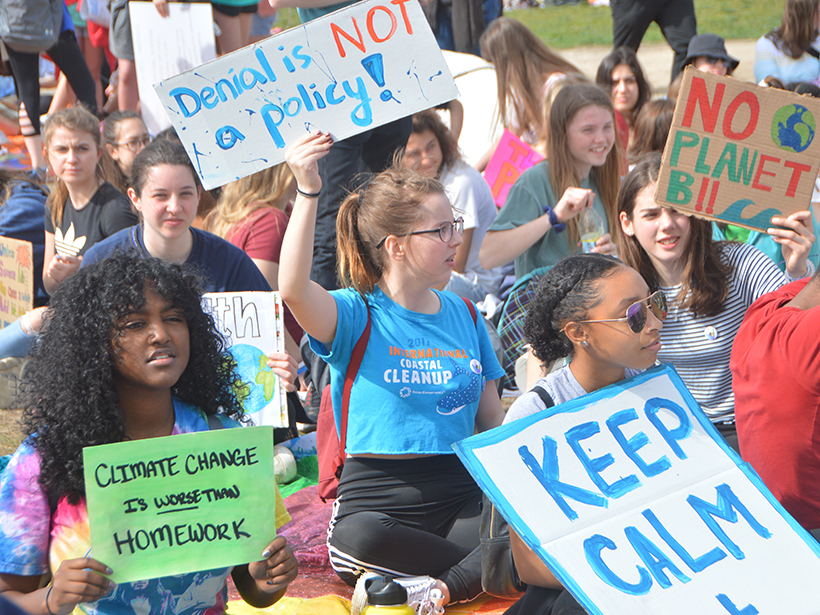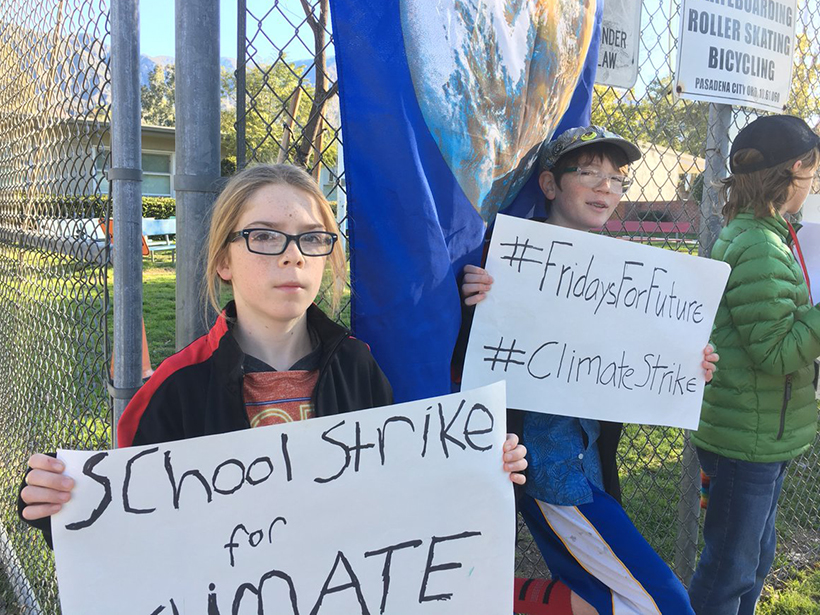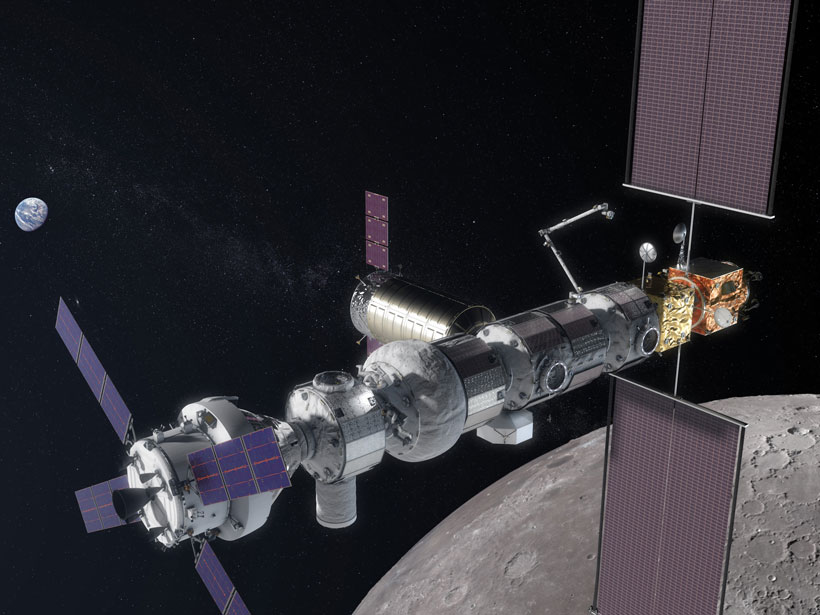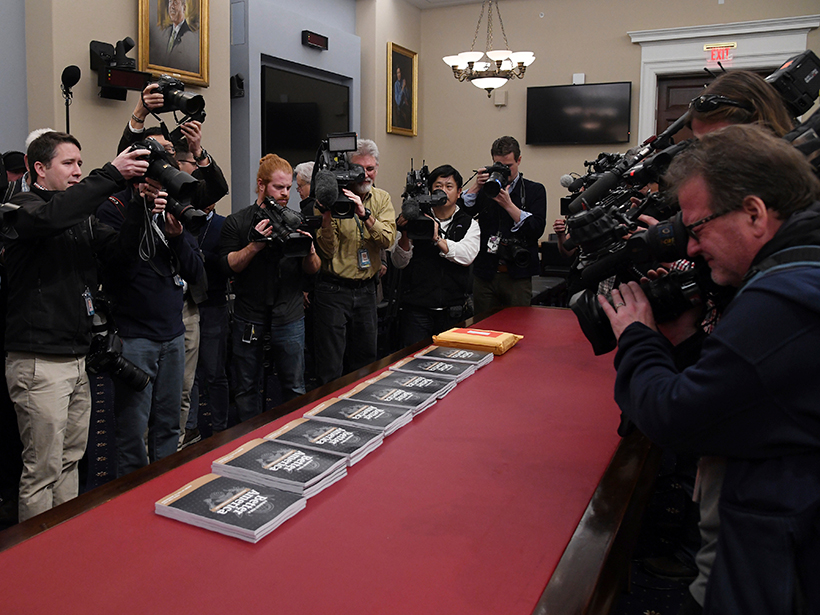Asteroid Bennu has been under close scrutiny since December. Here are six key results from the first few months of data from OSIRIS-REx.
News
Sand from Greenland’s Melting Ice Sheet Could Bring in Business
The effects of climate change could fuel a new sand mining industry in Greenland.
Dimitri Komatitsch (1970–2019)
Dimitri Komatitsch had a profound impact on computational seismology and embodied the notion of open-source, collaborative research.
Congressional Task Force Outlines Its Approach to Climate Change
The Green New Deal created space to talk about market-based innovation, investment, and business and defense approaches, says a cochair of the New Democrat Coalition’s Climate Change Task Force.
Podcast: Toxic City Under the Ice
In the latest episode of its Centennial series, AGU’s Third Pod from the Sun recounts the history of a top-secret military project with unintended environmental consequences.
Youth Gather to Demand Action on Climate Change
The US Youth Climate Strike holds events around the country to call for passage of the Green New Deal.
Youth Call for Action with Climate Strikes
Climate scientists show their support for protests in the United States and around the world on 15 March.
Some Waterfalls May Be Self-Made
Waterfalls sometimes imply a past dramatic event, like tectonic uplift or a landslide. Self-formed waterfalls could challenge that interpretation.
Science Down, Lunar Exploration Up in NASA Budget Request
Here are five key takeaways from the president’s recent budget request for NASA.
Administration’s Budget Request Slashes Federal Science Budgets
Congressional Democrats and others tear apart the White House funding proposal.


